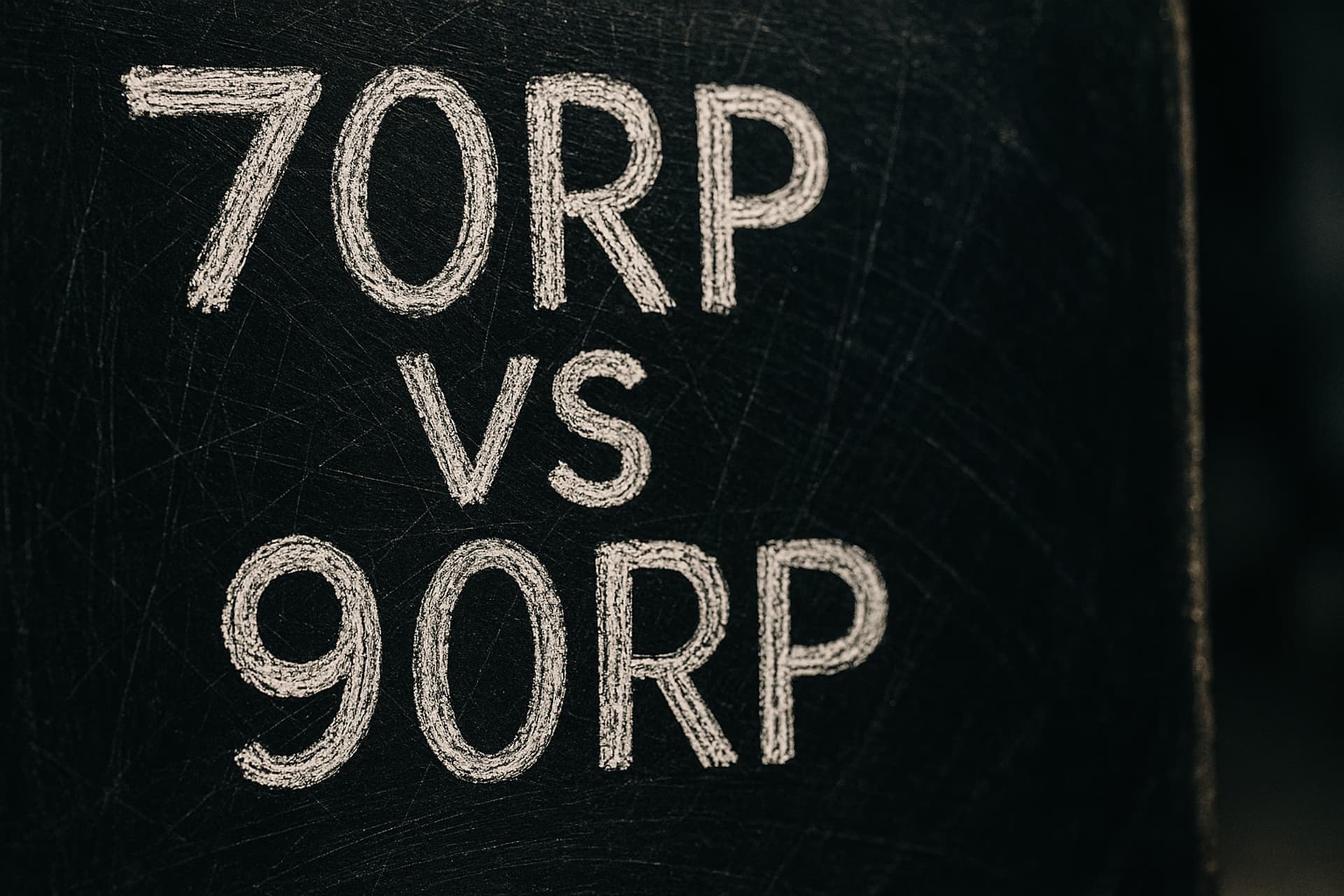O-Level Biology Respiration Respirometry Guide
Download printable cheat-sheet (CC-BY 4.0)05 Nov 2025, 00:00 Z
Reviewed by
Ezekiel Tan·Academic Advisor (Biology)
Want small-group support? Browse our IP Biology Tuition hub.
TL;DR
Respiration investigations let examiners probe both MMO technique (gas measurement, temperature control) and ACE reasoning (aerobic vs anaerobic outcomes).
Practise the classic yeast-glucose setup alongside germinating-bean respirometers, and rehearse how to justify controls, indicator choices, and leak checks in your written responses.
Pair With the Experiment Hub
Run these respirometry drills alongside the other scenarios in our O-Level Biology Experiments hub so Paper 3 prep stays balanced across enzyme, transport, and ecology skills.
1 | Where this fits in the syllabus
- Section 4 of the SEAB syllabus covers respiration, including aerobic and anaerobic pathways and gaseous exchange (SEAB 2026 syllabus, PDF).
- Paper 3 tasks typically assess:
- Planning: selecting appropriate temperature (30–37 °C for yeast), specifying equal masses/volumes, defining the variable measured (gas volume or indicator colour change).
- MMO: assembling airtight apparatus, timing intervals, reading gas syringes or measuring cylinder meniscus accurately.
- PDO: recording cumulative gas volume, pH/indicator colour scoring, and plotting rate graphs.
- ACE: explaining differences between treatments (e.g. live vs boiled seeds), linking CO₂ production to respiration rate, and evaluating experimental limitations.
2 | Core apparatus sets to master
| Set-up | Key components | Purpose |
| Yeast-glucose respirometer | Conical flask with glucose + yeast suspension, delivery tube into an inverted measuring cylinder or gas syringe, water bath. | Captures CO₂ from anaerobic respiration (if sealed) or aerobic respiration (if air inlet provided). |
| Germinating vs boiled seed setup |




